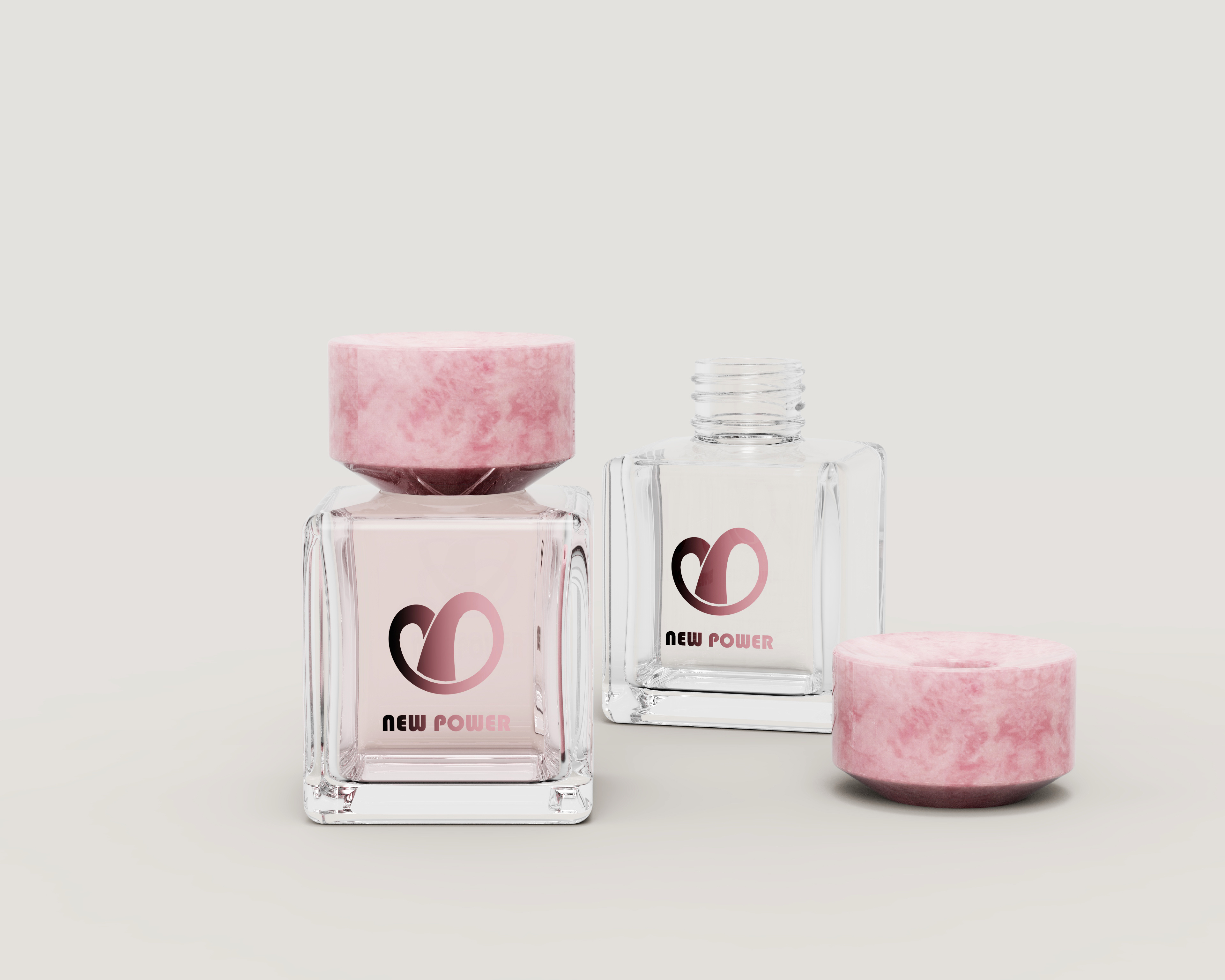Exploring the Multi-dimensional Value of the Bottom Thickness of Perfume Bottles
Time:
2025-06-26
Exploring the Multi-dimensional Value of the Bottom Thickness of Perfume Bottles
I. Basic Thickness Standards from a Materials Engineering Perspective
According to the ‘Glass Container Manufacturing Standards’ published by the International Packaging Association in 2024, the bottom thickness of perfume bottles is typically controlled within the range of 3.5–6.2 mm. This range has been validated through materials mechanics testing:
Compression testing shows that 5mm-thick sodium-calcium glass can withstand vertical pressure of 12.7 kg/cm²
Drop test data indicates that when the thickness is below 4mm, the breakage rate increases by 42% when dropped from a height of 1.2m
Thermal forming process requirements: The blowing process requires a minimum base thickness of 3 mm of molten glass.
It is worth noting that luxury brands tend to adopt the upper limit thickness. Laboratory tests show that the classic Chanel No. 5 bottle has a bottom thickness of 5.8 mm, which is 17% thicker than the industry average. This ‘overdesign’ actually incorporates the brand's premium pricing strategy.
II. Hidden design logic in structural mechanics
The bottom thickness is not uniformly distributed, with three typical structural types:
Central thickening type (68%): Uses a 3-5° inward angle, such as the Dior J'adore series
Edge reinforcement type (25%): Forms a 0.8mm raised reinforcement rib along the outer edge of the bottom
Full-flat type (7%): Primarily seen in niche handmade perfume brands
Through finite element analysis, it was found that a 1.5mm thickness gradient change can improve impact resistance by 33%. Givenchy's newly developed wavy bottle bottom in 2023 achieves the strength equivalent to a 6mm flat bottom while maintaining a 4mm baseline thickness through curved structural design.
III. The Psychology of Thickness in Commercial Value Conversion
Thickness differences create a significant price anchoring effect:
Mass-market brands (3.5–4mm): Cost-oriented; each 0.1mm reduction in thickness reduces transportation costs by 2.3%.
Luxury brands (4.5–5mm): Tactile marketing; consumers can perceive weight differences when holding the bottle.
Top luxury brands (5.5–6.2mm): Establish quality perception through a ‘heavy feel’
Market research shows that when the bottle bottom thickness exceeds 5mm, consumers are willing to pay an 8–15% price premium. The Tom Ford Private Blend series even deliberately displays the bottle bottom cross-section, transforming thickness parameters into a visual selling point.
IV. Thickness Innovation Under Sustainability
Environmental trends drive new solutions:
L'Oréal Group's ‘air layer’ technology: injecting gas between 3mm glass layers increases strength by 40%
Guerlain's bio-based resin coating: enabling 3.2mm glass bottles to achieve the performance of traditional 4.5mm bottles
Bulgari's patented counterweight design: embedding recycled metal blocks at the bottom to replace increased thickness
According to LCA life cycle assessments, reducing thickness by 0.5mm reduces carbon footprint by 7%, driving an industry-wide ‘moderate thinning’ movement. However, it is worth noting that the high-end perfume market in 2024 has seen an ‘anti-thinning’ trend, reflecting luxury brands' refusal to compromise on positioning strategies.
Ⅴ. Three future directions for thickness evolution
Smart responsive thickness: using shape memory alloys to automatically thicken at low temperatures to prevent freezing cracks
Dynamic optical thickness: creating visual thickness illusions through refractive index adjustment
Nano-structured thickness: biomimetic honeycomb structures achieving 8mm equivalent strength at 2mm





